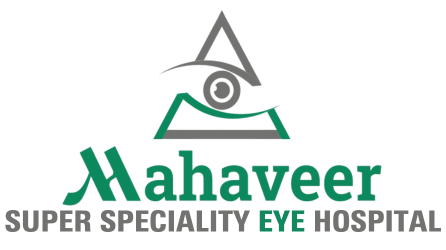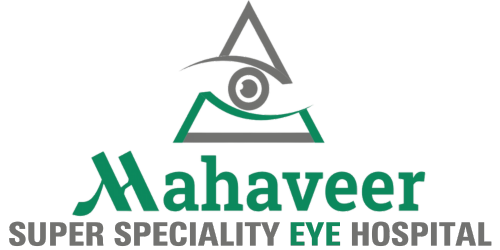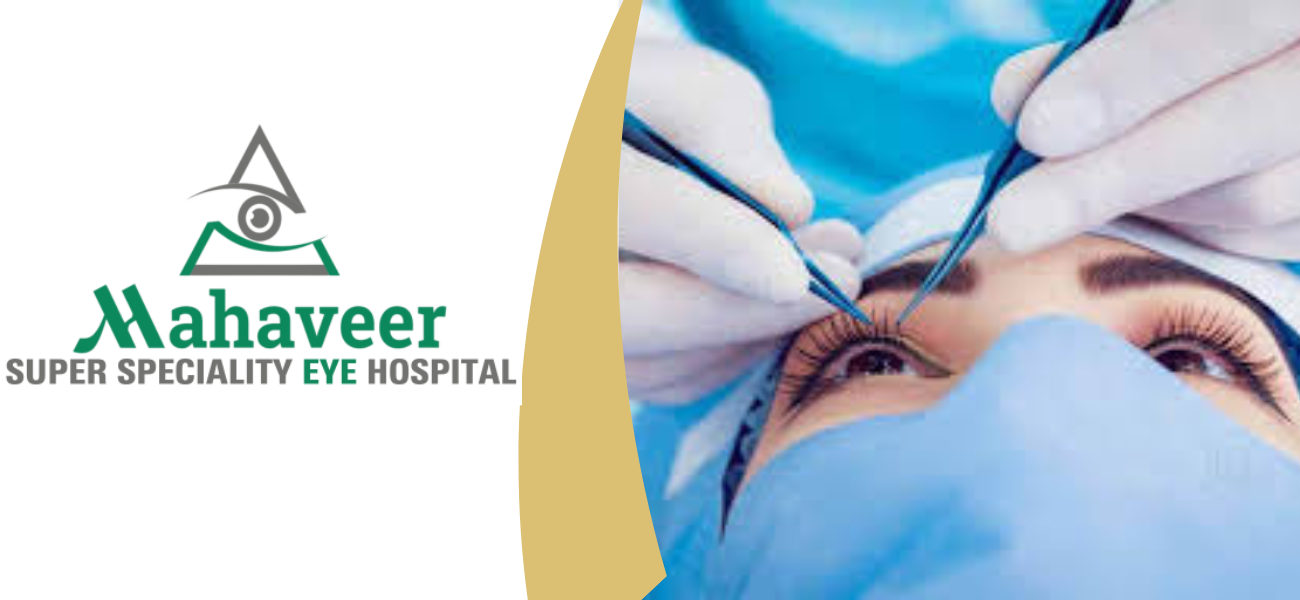Best Vision Correction Surgery Options | Comprehensive Guide
In today’s world, clear vision is more than just a necessity; it’s essential for leading an active and fulfilling life. For those with refractive vision issues like nearsightedness, farsightedness, or astigmatism, eye surgery has become a popular and effective solution. But with so many options available, how do you choose the best surgery for your specific needs? In this blog, we’ll explore the top eye surgeries and their benefits to help you make an informed decision.
- LASIK (Laser-Assisted in Situ Keratomileusis)
LASIK is one of the most popular and widely performed eye surgeries worldwide. This procedure involves reshaping the cornea using a laser to correct refractive errors. LASIK is known for its quick recovery time, minimal discomfort, and high success rate. Many patients experience improved vision within hours and can return to normal activities within a day or two.
Who is a good candidate for LASIK?
People with mild to moderate nearsightedness, farsightedness, or astigmatism.
Those over 18 with stable vision prescription for at least one year.
- PRK (Photorefractive Keratectomy)
PRK is similar to LASIK in that it also uses a laser to reshape the cornea, but unlike LASIK, it doesn’t involve creating a corneal flap. Instead, the outer layer of the cornea is removed and then regrows. While the recovery time is longer than LASIK, PRK is an excellent option for people with thin corneas or irregular eye shapes.
Who should consider PRK?
Those who might be at higher risk of corneal injury (e.g., athletes).
- SMILE (Small Incision Lenticule Extraction)
SMILE is a newer form of laser eye surgery that involves making a small incision in the cornea and removing a lenticule (a small disc of tissue) to correct vision. SMILE offers many of the same benefits as LASIK, but with a less invasive procedure and potentially fewer complications. Recovery time is usually quick, and many patients experience less dryness in their eyes compared to LASIK.
Why choose SMILE?
Less risk of dry eye compared to LASIK.
Suitable for patients with moderate nearsightedness.
- ICL (Implantable Collamer Lens)
If you’re not a good candidate for laser surgery or if your prescription is too high, an Implantable Collamer Lens (ICL) could be a great alternative. This involves placing a lens inside the eye to correct refractive errors. Unlike LASIK or PRK, ICL doesn’t involve removing any tissue, and the lenses are removable if needed.
Who should consider ICL?
Those with high nearsightedness or thin corneas.
Conclusion
Choosing the best eye surgery depends on your unique vision needs, lifestyle, and overall eye health. LASIK, PRK, SMILE, and ICL are all excellent options with their own advantages. Consult with a qualified ophthalmologist to determine which surgery is right for you and take the first step toward better vision today!




Leave A Comment